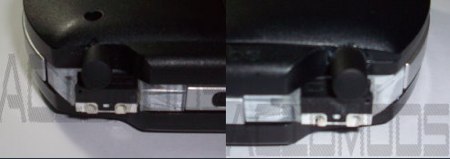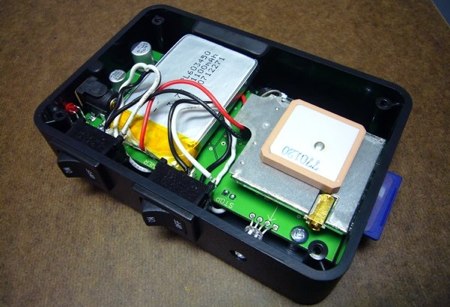
In an effort to simplify his interface, [danwagoner] cobbled together this push potentiometer. It utilizes a potentiometer mounted directly above a push button with a spring mounted around it. This way the user has only one item to deal with. They can twist the knob and press down on it to push the button. We love seeing people come up with ways of creating their own items instead of buying something. This was fairly inventive and reminds us of the LED buttons we saw back in January. Great job [danwagoner].















